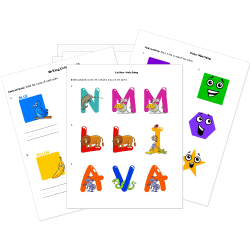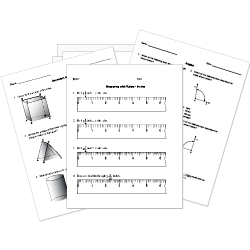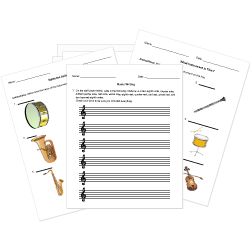Graphing Square Root and Cube Root Functions (Grade 10)
Print Test
(Only the test content will print)
| Name: | Date: |
|---|
Graphing Square Root and Cube Root Functions
Instructions: Ensure that all graphs are properly labeled.












